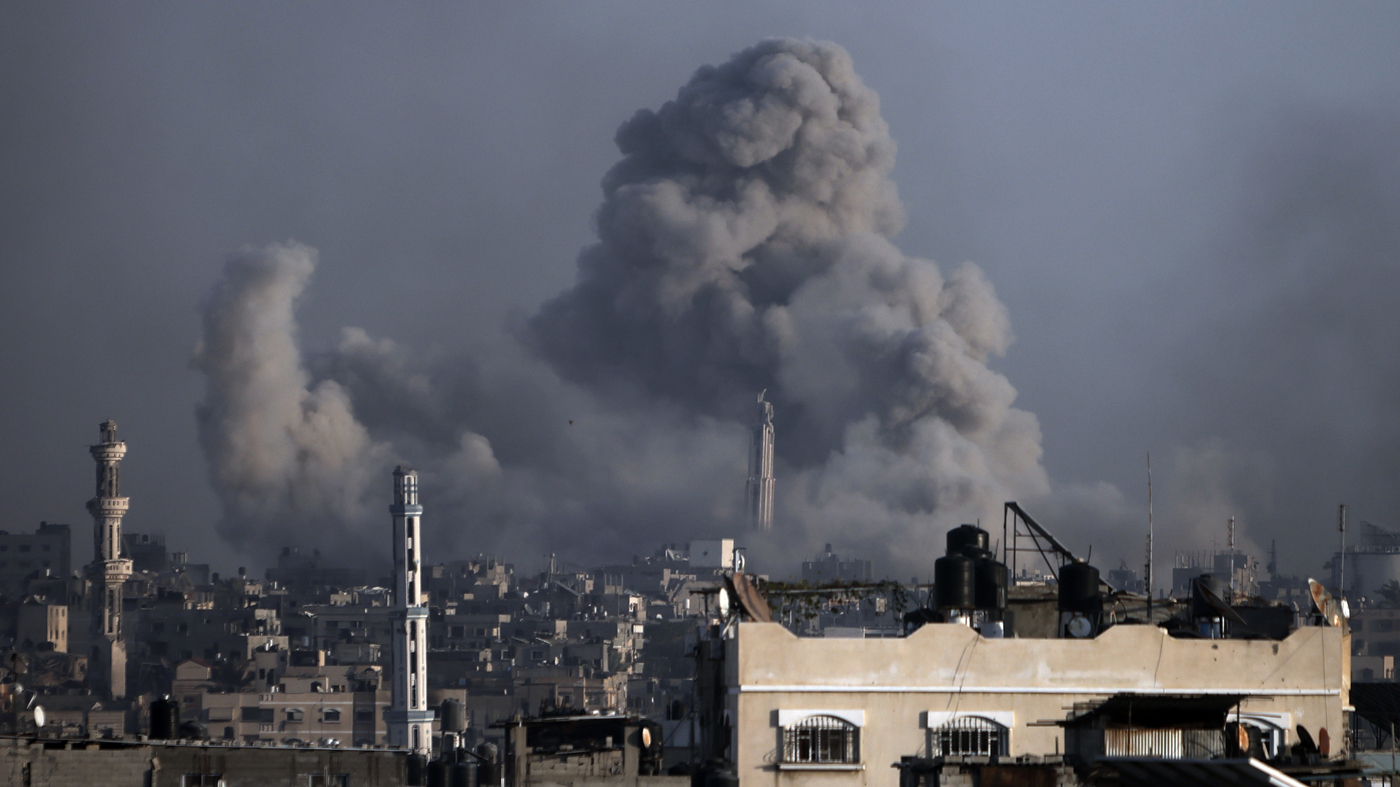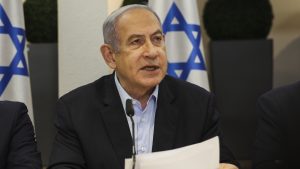
The United Nations says women and children are the main victims of the Israel-Hamas war
The Israel-Hamas war: Women’s rights and displaced populations, and the burden of the children, girls and women in Gaza
The UN agency promoting gender equality said Friday that women and children are the main victims of the Israel-Hamas war with an estimated two mothers dying every hour. As a result of the more than 100-day conflict, UN Women added, at least 3,000 women may have become widows and heads of households and at least 10,000 children may have lost their fathers. In a report released Friday, the agency pointed to gender inequality and the burden on women fleeing the fighting with children and being displaced again and again. Of the territory’s 2.3 million population, it said, 1.9 million are displaced and “close to one million are women and girls” seeking shelter and safety. UN Women’s executive director, Sima Bahous, said this is “a cruel inversion” of fighting during the 15 years before the Hamas attack on Oct. 7. She said before that men and less then women were killed in Gaza and the West Bank. She echoed U.N. Secretary-General Antonio Guterres’ call for a humanitarian cease-fire and the release of all hostages taken captive in Israel. These women and girls are without shelter, medicine, and safety. They face imminent starvation and famine. She stated that most of them are missing hope and justice. The health ministry in Hamas-run Gaza says nearly 25,000 Palestinians have been killed in the conflict, 70% of them women and children. More than half a million people in Gaza are starving, according to the United Nations. In Israel, around 1,200 people were killed during the Oct. 7 attack by Hamas that sparked the war, and some 250 people were taken hostage by militants. More than 100 hostages are believed to still be held captive in Gaza. Bahous said UN Women had heard “shocking accounts of unconscionable sexual violence during the attacks” by Hamas, and she echoed U.N. calls for accountability, justice and support for all those affected. The agency said that women-led and women’s rights organizations are still operating despite the fighting in Gaza. It found that 83% of women’s organizations surveyed in the Gaza Strip are at least partially operational, mainly focusing on the emergency response to the war. The analysis of funding from last year’s flash appeal for Gaza found that just 0.05% of it went to national or local women’s rights organizations. Bahous said that more aid was needed for women and children, as well as for an end to the war. “This is a time for peace,” she said. “We owe this to all Israeli and Palestinian women and girls. This is not their conflict. They have to stop paying its price.
The death toll in the Gaza Strip from the three-month war has reached over 25,000, according to the Health Ministry.
In a single day, at least 178 bodies and nearly 300 wounded people were brought to Gaza’s hospitals.
In October of this year, Palestinian militants killed more than 1,200 people, mostly civilians, and took around 250 hostage in a surprise attack on Israel.
In response, Israel launched an air campaign and ground invasion into northern Gaza. Ground operations are now focused on the southern city of Khan Younis and built-up refugee camps in central Gaza dating back to the 1948 war surrounding Israel’s creation.
Some 85% of Gaza’s population have fled their homes, with hundreds of thousands packing into U.N.-run shelters and tent camps in the southern part of the tiny coastal enclave. U.N. officials say a quarter of the population of 2.3 million is starving as only a trickle of humanitarian aid enters because of the fighting and Israeli restrictions.
The ministry does not differentiate between civilians and combatants in its death toll but says around two-thirds of those killed were women and minors.
The Israeli military says it has killed around 9,000 militants, without providing evidence, and blames the high civilian death toll on Hamas because it fights in dense, residential neighborhoods.
Nearly half of the captives were released during a weeklong cease-fire in November in exchange for the release of scores of Palestinians imprisoned by Israel. Around 100 are believed to still be alive, despite Israel’s claims that 130 remain in captivity.

